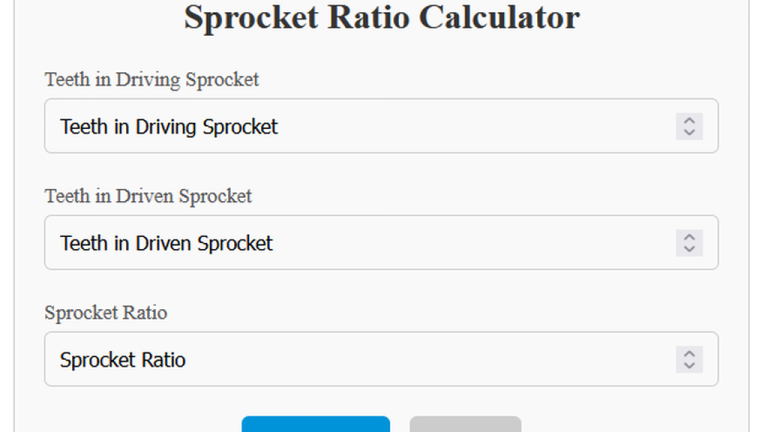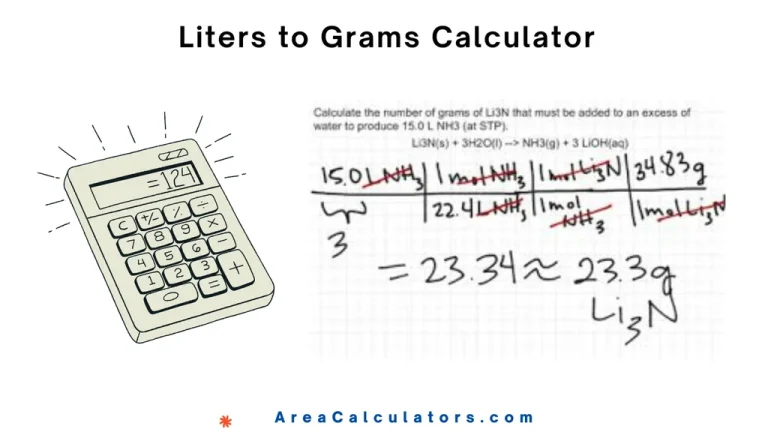Fringe Benefit Rate Calculator
Divide the total fringe benefits by salary, then multiply by 100 to express as a percentage. The fringe benefit rate is an essential calculation for understanding the additional costs associated with employing workers.
Divide the total fringe benefits by salary, then multiply by 100 to express as a percentage. The fringe benefit rate is an essential calculation for understanding the additional costs associated with employing workers.
It helps businesses, organizations, and grant proposals factor in expenses like health insurance, retirement contributions, and other benefits provided to employees. Calculating this rate allows for accurate budgeting and compliance with reporting requirements.
FBR = (FB / S) ∗ 100
| Variable | Description |
|---|---|
| FBR | Fringe Benefit Rate (%) |
| FB | Total Fringe Benefits ($) |
| S | Salary or Wage Amount ($) |
Example 1
A company provides $12,000 in fringe benefits for an employee with an annual salary of $60,000.
| Step | Calculation | Result |
|---|---|---|
| 1 | Divide FB by S: 12,000 / 60,000 | 0.2 |
| 2 | Multiply by 100: 0.2 ∗ 100 | 20% |
Fringe Benefit Rate = 20%
Example 2
A grant application requires calculating fringe benefits for a staff member earning $80,000, with total benefits costing $16,000.
| Step | Calculation | Result |
|---|---|---|
| 1 | Divide FB by S: 16,000 / 80,000 | 0.2 |
| 2 | Multiply by 100: 0.2 ∗ 100 | 20% |
Fringe Benefit Rate = 20%
What is the Fringe Benefit Rate Calculator?
The Fringe Benefit Rate Calculator is a practical tool which is designed to measure the percentage of fringe benefits relative to an employee’s salary or wages. This calculator simplifies the process of quantifying additional costs associated with benefits like health insurance, retirement plans, paid time off, and other employer-provided perks.
Using the calculator is straightforward. Input the total cost of fringe benefits and the employee’s annual salary or wages. The tool then calculates the fringe benefit rate as a percentage, helping organizations evaluate the true cost of compensation. This is particularly valuable for budgeting, grant proposals, and financial planning.
The calculator is widely used across industries. Employers utilize it to determine total compensation packages, while grant writers and project managers rely on it to assess labor costs accurately.
Additionally, it aids individuals in understanding the value of benefits included in their employment offers, contributing to informed decision-making.
The Fringe Benefit Rate Calculator is an indispensable resource for accurately assessing compensation costs. By offering precision and ease of use, it supports employers, project planners, and employees in managing financial planning and optimizing benefit-related decisions.

To calculate sprocket ratio, divide the number of teeth on the driving sprocket (T1T_1) by the number of teeth on the driven sprocket (T2T_2). The Sprocket Ratio Calculator is here to serve you in finding the gear ratio for systems using sprockets, such as motorcycles, bicycles, or machinery. This ratio influences speed, torque, and overall…
To calculate eDPI (Effective DPI), multiply your mouse DPI by your in-game sensitivity. The eDPI Calculator is a vital tool for gamers looking to optimize their mouse sensitivity settings for competitive play in games like Valorant, CS2, Fortnite, and Overwatch. Unlike DPI (dots per inch), which measures the mouse’s physical sensitivity, eDPI provides a standardized…
To determine the Spread Rate of Paint (SRP), divide the total area to be painted by the quantity of paint used. This calculation helps estimate paint coverage, ensuring efficient usage and avoiding waste. The Spread Rate of Paint Calculator simplifies the task of estimating how far your paint will go, whether for a home improvement…
To calculate the date 41 days from today, simply add 41 days to today’s date. 41 Days From Today Calculator Today’s Date Date 41 Days From Today Calculate Reset The “41 Days From Today” Calculator measures the exact date that falls 41 days from the current day. This tool is useful for various planning purposes,…

To convert liters to grams, multiply the volume in liters by the substance’s density (in g/mL or g/L), then multiply by 1000 to get grams. Converting liters to grams depends on the density of the liquid or substance in question. This conversion is crucial in many areas like chemistry, cooking, and industry. In this way,…

Enter the values of length, width, depth, cargo capacity to calculate the barge capacity with our basic and advanced barge capacity calculator The Barge Capacity Calculator is useful to know barge sizes and capacities, metrics, boat barge etc. Barges play a crucial role in transporting goods along rivers, canals, and coastal waters. Formula: The formula…